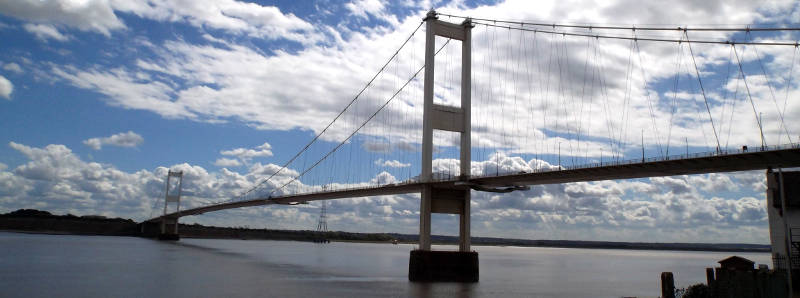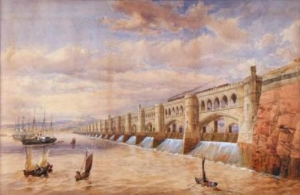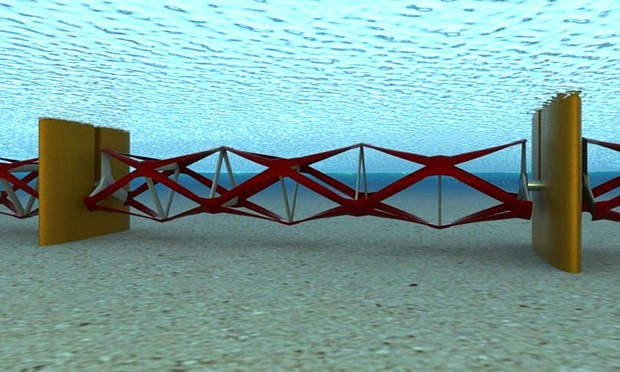Severn Tidal Power


The threat of a barrage has loomed over the Severn estuary from the 1800s. Since October 2007, when the Sustainable Development Commission reviewed the UK's tidal energy potential, including the Severn estuary, the possibility of some sort of impoundment has seemed ever-closer.
In 2010 the government decided not to proceed with any of the 11 barrage/ lagoon proposals, any of which would have led to the migratory fish that run the rivers Severn, Wye and Usk becoming extinct within five years. They did not, however, rule out privately-funded schemes provided they demonstrated "... strong evidence of value for money, economic benefits, energy saving and environmental impact mitigation." The baton was initially taken up by the Hafren Power Consortium, fronted by former shadow Welsh Secretary, Peter Hain, who revived one of the 2010 proposals ... a Cardiff to Weston barrage.
In September 2013 the Energy and Climate Change Committee and the Government concluded that "... the Hafren Power proposal for a Severn barrage does not demonstrate that it could deliver the benefits it claims it would achieve" and that the European Habitats Directive would not be honoured if it went ahead (click here for the full report).
It would appear that for now the prospect of the barrage has faded once more. However, with an ever-increasing need to generate renewable energy, this is one issue that may reappear in the future. Further down the estuary a scheme has unfolded to create energy via a Tidal Lagoon in Swansea Bay. The principle here is that a huge reservoir (lagoon) is allowed to fill up with the tide and discharge after it has gone out. Generation can take place on both tides. However, the fundamental problems remain. Entrainment of juvenile fish in or out will suffer huge mortalities simply from the pressure changes and that's before they meet the massive turbines that will in all probability see off any adult fish. Could our salmon, sea trout and eels be involved here? More than likely as they tend to push into any source of fresh water on their journey up the estuary. It's also one of the most expensive way of generating electricity.
More details on Swansea Bay Tidal Lagoon >>>>Worryingly there are designs on the Severn Estuary where the same developers (Tidal Lagoon Swansea Bay [TLSB] Plc) are looking at a Lagoon for the Cardiff Bay area. What developers fail to understand is that they need to design a system that does not kill fish - salmon, shad, eels and lamprey in particular. That is while the current EU habitats Directive remains in force.
The Foundation fully supports the development of 'low carbon' generation schemes. However, the recent and current Severn Estuary proposals would cause significant environmental and other damage and would be one of the most expensive producers of electricity, meaning that less energy would be produced for a given investment.
Essentially any project that proposes to impound water in the Severn Estuary is likely to have significant issues with sediment build up, interfere with navigation, coastal erosion and possibly flooding while being producers of electricity for only part of the time (typical estimate for Swansea Bay Lagoon 14 out of 24 hours).
The Foundation would prefer to see energy produced from "Tidal Range" schemes which require no lagoon or barrier and produce perhaps less power for a much longer period. The likelihood of damage to fish is much less likely and there are less demands on infrastructure such as the National Grid. An example of this type of project is this from Keplar Energy:

References:
"The Role of Tidal Lagoons", final report Charles Hendry, December 2016.
